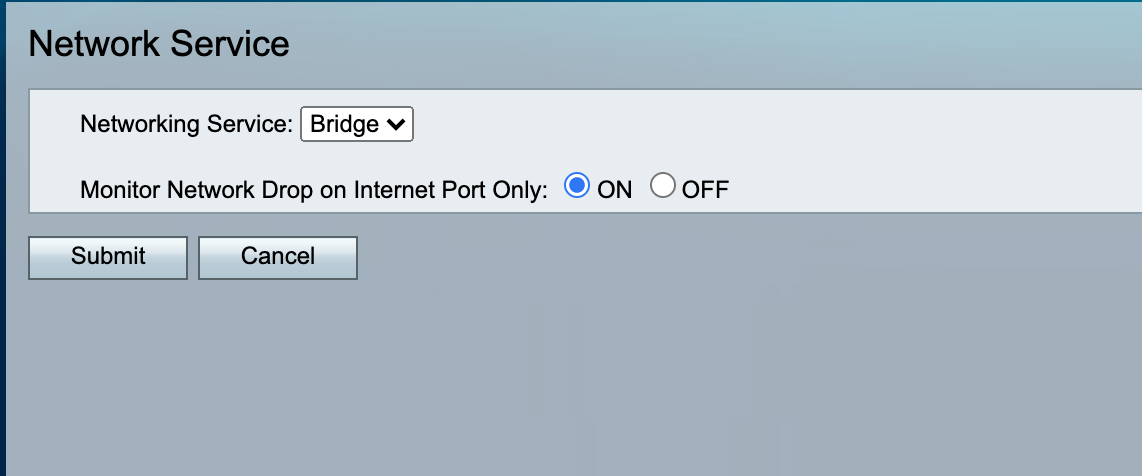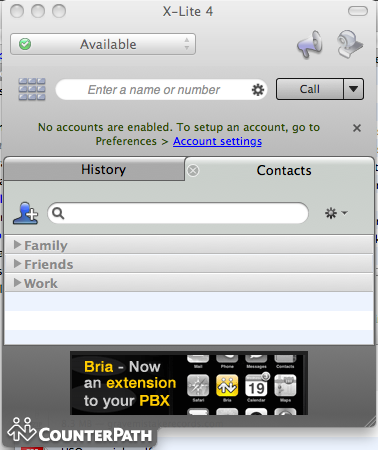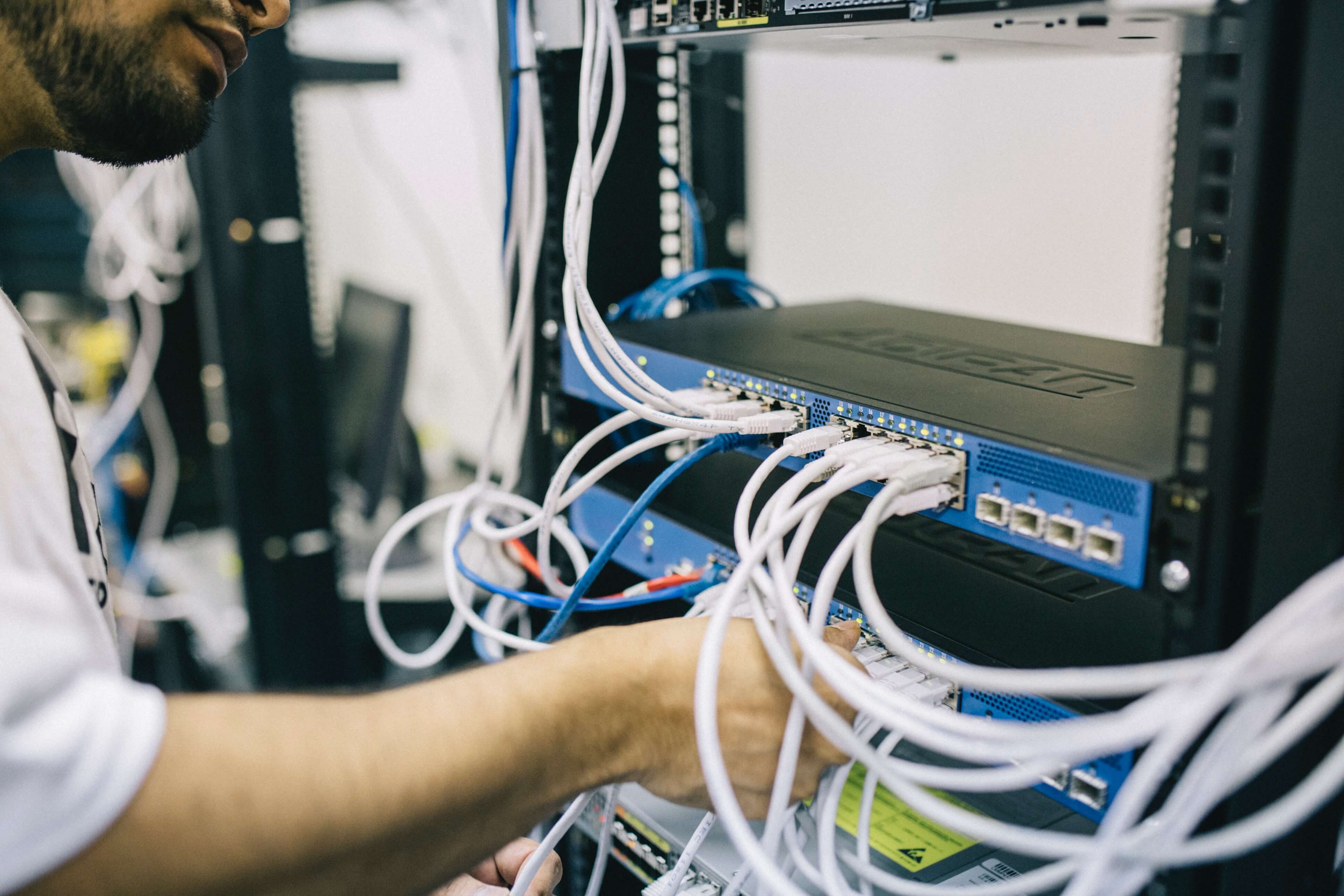

Turn Off SIP ALGĪn Application Layer Gateway (ALG) is designed to push specified kinds of traffic across your router's NAT and firewall. For more detailed instructions or information on firewall settings, consult your router's documentation. The port forwarding process is relatively similar for most routers. This will allow you to make 50 simultaneous calls for RTP (each call uses 2 RTP ports). Make another port forwarding entry, starting at 10000 and ending at 10100. Create a new forwarding entry for RTP.Enter "5060" for both the "Starting" and "Ending" ports to forward SIP traffic. Enter the IP addresses of the device you wish to forward ports for (in this case, your VoIP phones). You may need to click "Add Custom Service" or "Create Rule". Create a new forwarding entry for SIP.It's sometimes labeled "Forwarding" or "Applications and Games".

This section is usually found under the "Advanced" or "NAT" settings. You will be prompted for an admin username and password. Enter the IP address of your router into a web browser window.
Setup firewall for onsip how to#
Here's how to forward SIP and RTP ports to your VoIP phone: When the proper ports are not forwarded or opened, your calls could drop altogether or fail to initiate. If your router or computer is using NAT (Network Address Translation) or a firewall, these features might close SIP and RTP ports so that packets never reach your phone. RTP traffic varies between phone systems, but a typical range might be 10000-20000. For instance, HTTP traffic comes through port 80. Many ports are assigned for specific traffic protocols.

There are 65535 ports on a traditional router. Forward SIP and RTP Ports: 5060/10000-20000Ī "port" is a standardized channel on a router that allows you to receive traffic from other internet users. But there are a few ways to optimize your router for VoIP that will sidestep these issues. This can lead to poor call quality and dropped calls. Many routers come with configurations that can disrupt SIP and RTP traffic. If you call your friend, RTP would transmit the sound of your friend's voice. RTP is the actual media content of the call. It initiates the communication, negotiates the codecs, and sets up the general transaction of the call. SIP is known as the "signaling" portion of a call.

SIP (Session Initiation Protocol) and RTP (Real-time Transport Protocol) are the protocols used by most VoIP phone systems. Each protocol is treated differently by your router. There are 65+ major application protocols, such as HTTP, FTP, and IM, that comprise all the traffic on the internet. But not all of the traffic on the internet is processed the same way. The internet itself is comprised of routers, gateways, and other devices that engage in traffic routing and security. Ensure Call Connectivity with Optimal Router SettingsĪll VoIP calls are made via the internet. However, forwarding router ports and disabling SIP ALG can stop call quality problems from happening. SIP ALGs and NAT/firewall settings can make it impossible to initiate or receive VoIP calls altogether. Many out-of-the-box router features can unintentionally disrupt VoIP traffic. These devices help implement logistics and security in your office network, but they can sometimes interfere with internet-based services such as VoIP.
Setup firewall for onsip series#
Your office internet connection is likely controlled by a series of routers, gateways, or intermediary devices. In fact, internet problems can stop VoIP calls from even taking place. But if your office network is improperly configured, these leading features might not work at all. A VoIP phone system offers your company voice and video calling, presence, business phone system functions, IM, and other communications features.


 0 kommentar(er)
0 kommentar(er)
